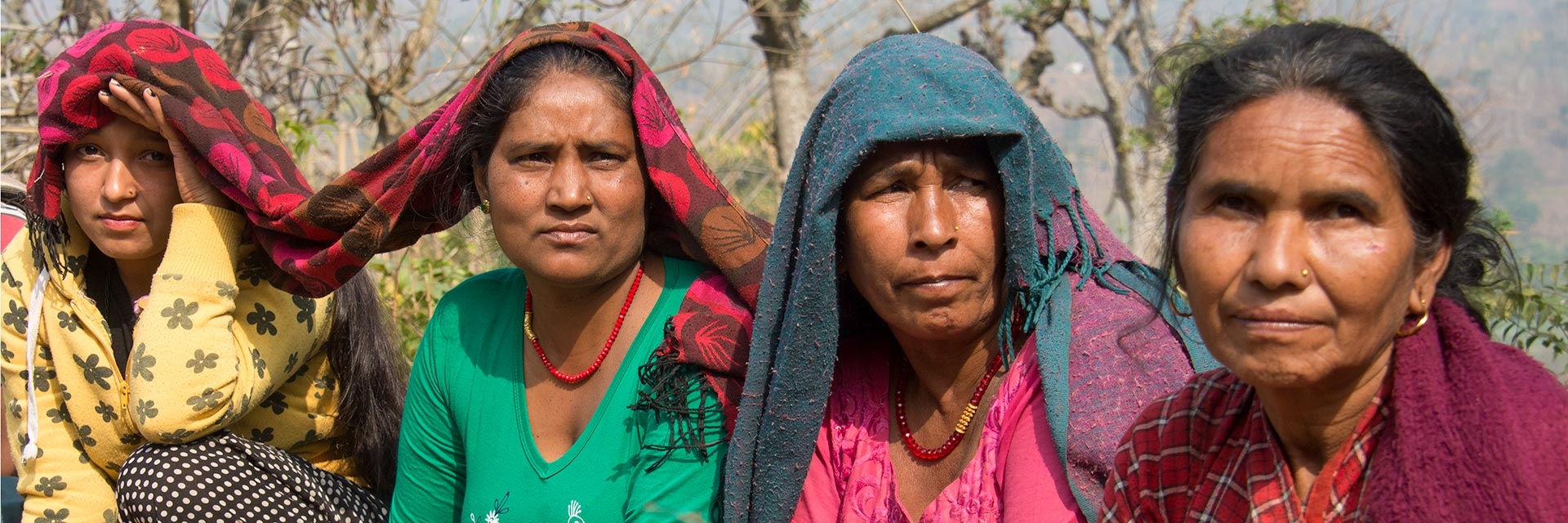
Nepal Earthquake One Year Later
The 7.8 magnitude earthquake which struck Nepal’s Gorkha district on Saturday April 25, 2015 was the biggest disaster Nepal had experienced since the earthquake of 1934. Over 8,790 people were killed and more than 22,300 injured, followed by a second earthquake measuring 7.3 on Tuesday May 12 close to Mount Everest. Hundreds of aftershocks - many large - since remind terrified people of the scale of the disaster. The damage and loss is calculated at some US$ seven billion, with over half a million houses partially or fully destroyed, and the Government of Nepal estimates some additional 700,000 Nepalis will be pushed into poverty as a result.
As part of its commitment to program quality and accountability, the Humanitarian Coalition looked at diverse projects it funded and carried out by Humanitarian Coalition member organizations in response to the earthquakes in Nepal. The goal was to acknowledge successes and derive lessons on accountability and inclusion to inform the next phase of the response in Nepal, as well as future responses elsewhere.
The objective was not to produce a commentary on the overall international relief effort nor was it a comprehensive analysis of members’ overall response. It was rather a timely snapshot of the efforts and behaviors of Humanitarian Coalition members. The projects visited were selected by field staff, with the main criteria being relevance in terms of inclusion and accountability.
The review field team maintained this daily blog during its visit.
Please download the one year report and executive summary (also available in Nepalese) below.